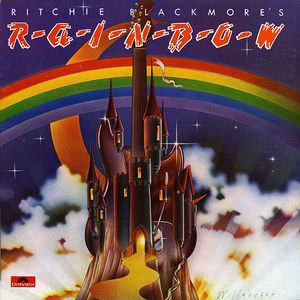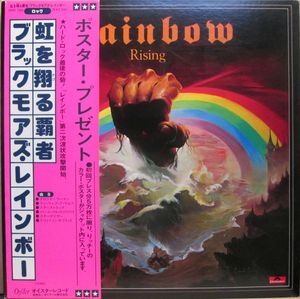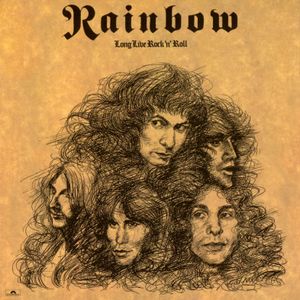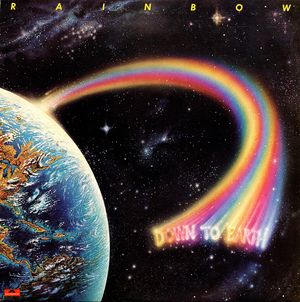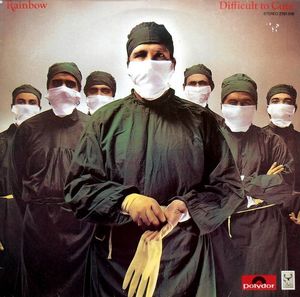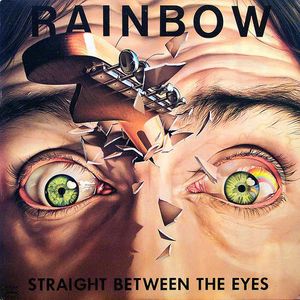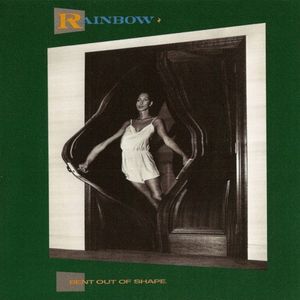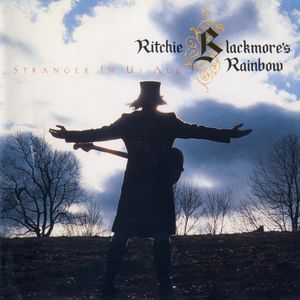

Follow Your Favorite Band Today!
Top Rainbow Community Posts
Albums
Story of Rainbow
Rainbow: A Saga of Rock & Roll Reinvention
Rainbow, often referred to as Ritchie Blackmore's Rainbow or Blackmore's Rainbow, is a British-American rock band born out of the ashes of Deep Purple. Formed in 1975 by the legendary guitarist Ritchie Blackmore, the band initially featured four members of the band Elf, including vocalist Ronnie James Dio. Their self-titled debut album launched them into the rock scene, but Blackmore soon reshaped the lineup, keeping only Dio and bringing in drummer Cozy Powell, bassist Jimmy Bain, and keyboardist Tony Carey.
This new formation recorded the band's sophomore album, Rising (1976), which solidified their place in the heavy metal world. The next album, Long Live Rock 'n' Roll (1978), saw Bob Daisley and David Stone take the places of Bain and Carey respectively. However, it also marked Dio's departure as he left to join Black Sabbath.
Rainbow's early work, deeply rooted in mystical lyrics, blended hard rock with heavy metal elements. With Dio's departure, the band took a turn towards a more pop-rock direction.
Blackmore and Powell overhauled the band once again in 1979, bringing in vocalist Graham Bonnet, keyboardist Don Airey, and another ex-Deep Purple member, bassist Roger Glover. This lineup propelled Rainbow to commercial success with the hit single "Since You Been Gone" from their fourth studio album, Down to Earth.
After Bonnet, Joe Lynn Turner took the lead vocal reins in 1980, and Rainbow released three more albums: Difficult to Cure (1981), Straight Between the Eyes (1982), and Bent Out of Shape (1983), all of which achieved significant commercial success. Other members during this period included drummers Bobby Rondinelli and Chuck Burgi, as well as keyboardist David Rosenthal.
The band disbanded in 1984 when Blackmore and Glover rejoined Deep Purple. Blackmore resurrected Rainbow again in 1993, following his second departure from Deep Purple. This iteration, featuring a then-unknown Doogie White on vocals, released their eighth and, to date, final studio album, Stranger in Us All (1995).
Rainbow's history is a testament to the ever-evolving nature of rock music. From its early heavy metal roots to its later pop-rock ventures, the band's sound has reflected the diverse talents of its members and the changing musical landscape. Ritchie Blackmore's vision, however, remained a constant, forging a unique and lasting impact on the world of rock music.
Bands you may like
More Hard Rock Bands
Explore Hard RockDiscover more bands in the Hard Rock genre and explore the diverse sounds that define this musical style.
Browse All Hard Rock BandsMore Bands from United States
Explore United StatesDiscover the rich musical heritage of United States and explore bands that represent the country's unique sound and culture.
Browse All United States Bands
